Key Takeaways
Increased Return-to-Office Mandates: There’s a significant rise in companies requiring employees to work from the office, with 88% enforcing such mandates, up from 69% last year.
Office Space Reduction Plans: A notable 75% of companies plan to cut down office square footage next year, a considerable increase from 46% in 2022.
Concerns Over Office Retention: Amidst these changes, 82% of companies express worries about maintaining their current office spaces, influenced by potential recession risks and space underutilization.

The latest survey by workplace strategy firm Robin reveals a perplexing trend in the corporate world: a surge in return-to-office mandates amidst ongoing office downsizing.
Analysis for Commercial Real Estate Investors
Office Space Demand Shifts
Reduced Space Requirements: The move towards smaller office spaces reflects a shift in corporate space needs. This trend may reduce the demand for large office buildings and increase interest in smaller, more flexible office spaces.
Investment Opportunities in Flexible Spaces: As companies favor “flexible office spaces deeply focused on collaboration“, investors should consider properties that offer modularity and collaborative environments.
| Year | Companies Mandating Office Work | Companies Planning to Reduce Office Space |
|---|---|---|
| 2022 | 69% | 46% |
| 2023 | 88% | 75% |
This table highlights a significant increase in companies mandating office work, from 69% last year to 88% this year. Simultaneously, there is a notable rise in companies planning to reduce office space, from 46% in the previous year to 75% currently.
Return-to-office Psychology
The psychology and thought processes behind return-to-office mandates are multifaceted, reflecting a blend of organizational, economic, and cultural factors.
Here are some key considerations:
Productivity and Collaboration: Many employers believe that in-person interactions foster better collaboration, creativity, and productivity. They argue that certain tasks and projects benefit from face-to-face communication.
Corporate Culture and Identity: Maintaining a strong corporate culture is another driving force. Employers often view physical office spaces as crucial for sustaining the company’s identity, values, and community spirit.
Management and Oversight: Some companies prefer having employees on-site for easier management and oversight. This can stem from a traditional view of work or concerns about maintaining efficiency and accountability.
Employee Well-being and Engagement: There’s a recognition that office environments can enhance employee well-being and engagement through social interactions and a structured routine, which can be lacking in remote settings.
Economic Considerations: Economic factors also play a role, especially for businesses with significant investments in office real estate. Utilizing these spaces effectively can be seen as an economic imperative.
—
Sources:
Real Estate Market Dynamics
Location Preferences: The downsizing trend might shift interest from central business districts to suburban areas, where smaller, more affordable office spaces are available.
- Long-term Leasing Implications: Investors in commercial real estate should be cautious about long-term leases, considering the current volatility and changing corporate preferences.
Fun Fact
Despite the shift towards hybrid work models, the global market size for flexible workspace is projected to reach $111.68 billion by 2025, growing at a compound annual growth rate (CAGR) of 15.1% from 2020.
This growth reflects the increasing demand for adaptable and collaborative work environments that align with the trends highlighted in the Robin survey.
—
Source: Grand View Research
Tenant Stability Concerns
Economic Uncertainty: The worry among companies about retaining their office spaces, partly due to economic uncertainty, suggests a potential increase in short-term leases and a focus on lease flexibility.
Risk Assessment: Investors must closely evaluate tenant stability and diversify their portfolios to mitigate risks associated with tenant turnover or inability to sustain leases.
| Office Utilization | Percentage This Year | Change from Last Year (Percentage Points) |
|---|---|---|
| Full-Time | 56% | +19 |
| Hybrid | 40% | -21 |
| Fully Remote | 4% | N/A |
This table shows an increase in companies having their employees work in the office full-time (up 19 percentage points from last year), a decrease in hybrid work arrangements (down 21 percentage points), and a small percentage (4%) of companies being fully remote.
Question: Are return-to-office mandates working?
Answer: Return-to-office mandates are experiencing mixed results.
While some companies successfully bring employees back to the office, others face resistance.
A significant factor influencing their effectiveness is the nature of the work and employee preferences.
For instance, a study by Microsoft found that 73% of workers want flexible remote work options to continue, suggesting a potential clash with strict return-to-office policies.
Office occupancy levels in major cities, although slowly increasing, are still well below pre-pandemic levels, indicating a slow uptake of these mandates.
—
Sources:
Microsoft Work Trend Index
Kastle Systems’ Office Occupancy Data
Assesment
The paradox of increasing return-to-office mandates alongside office downsizing presents both challenges and opportunities for real estate investors.
A strategic shift towards investing in flexible, collaborative spaces, especially in suburban locations, might be beneficial.
However, heightened vigilance is required to navigate the uncertainties of tenant stability and economic fluctuations.
No related posts.




























